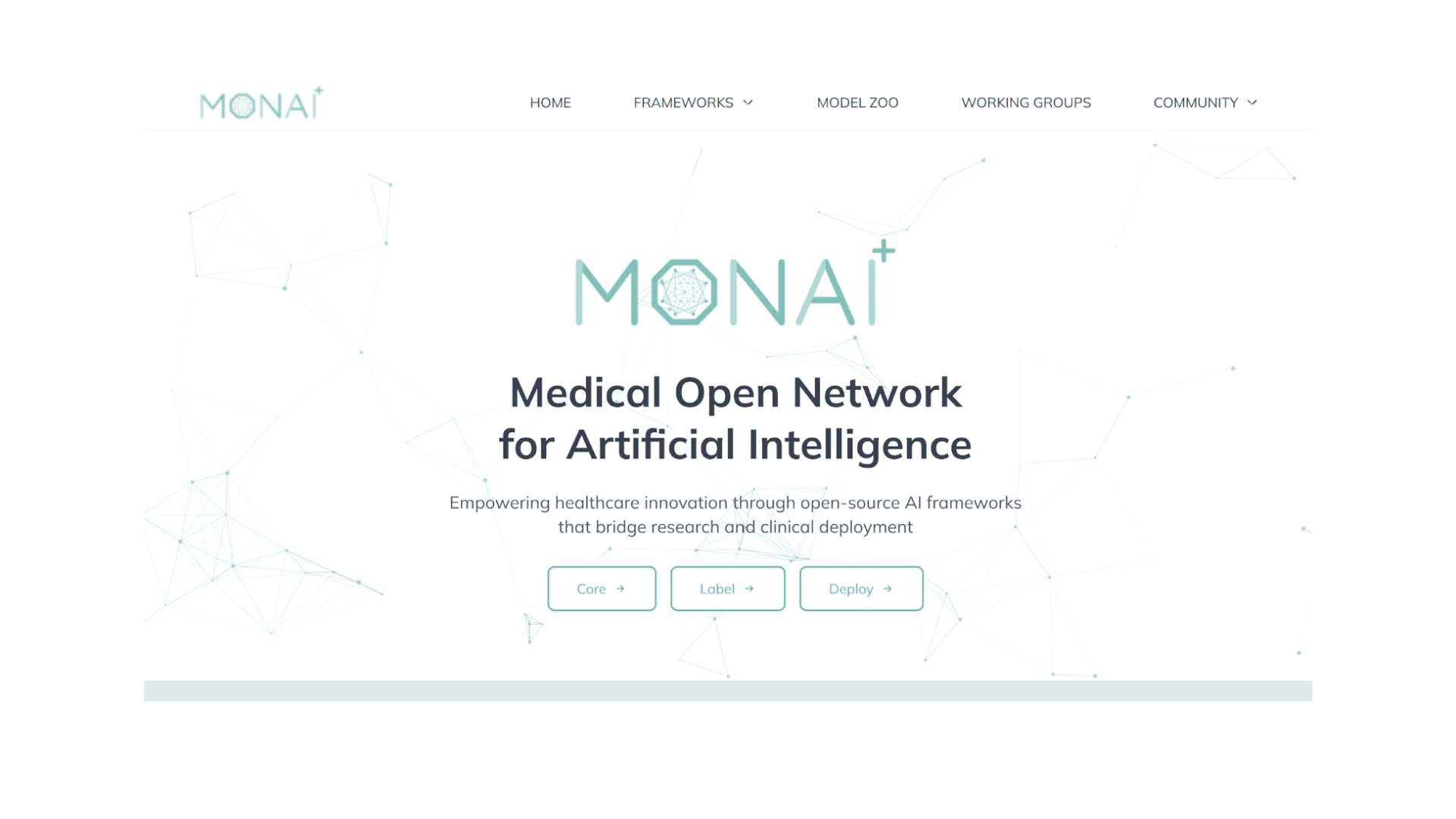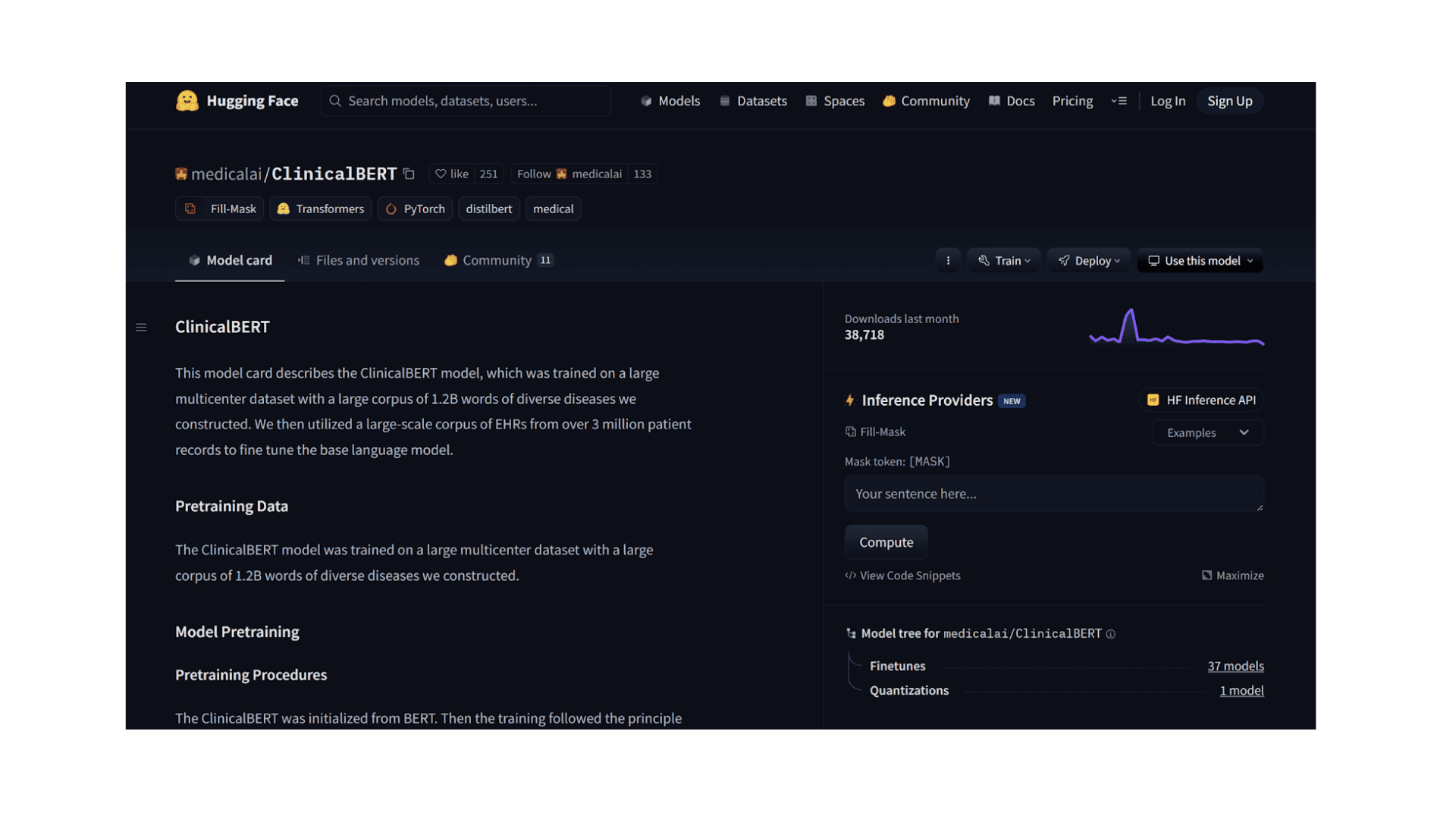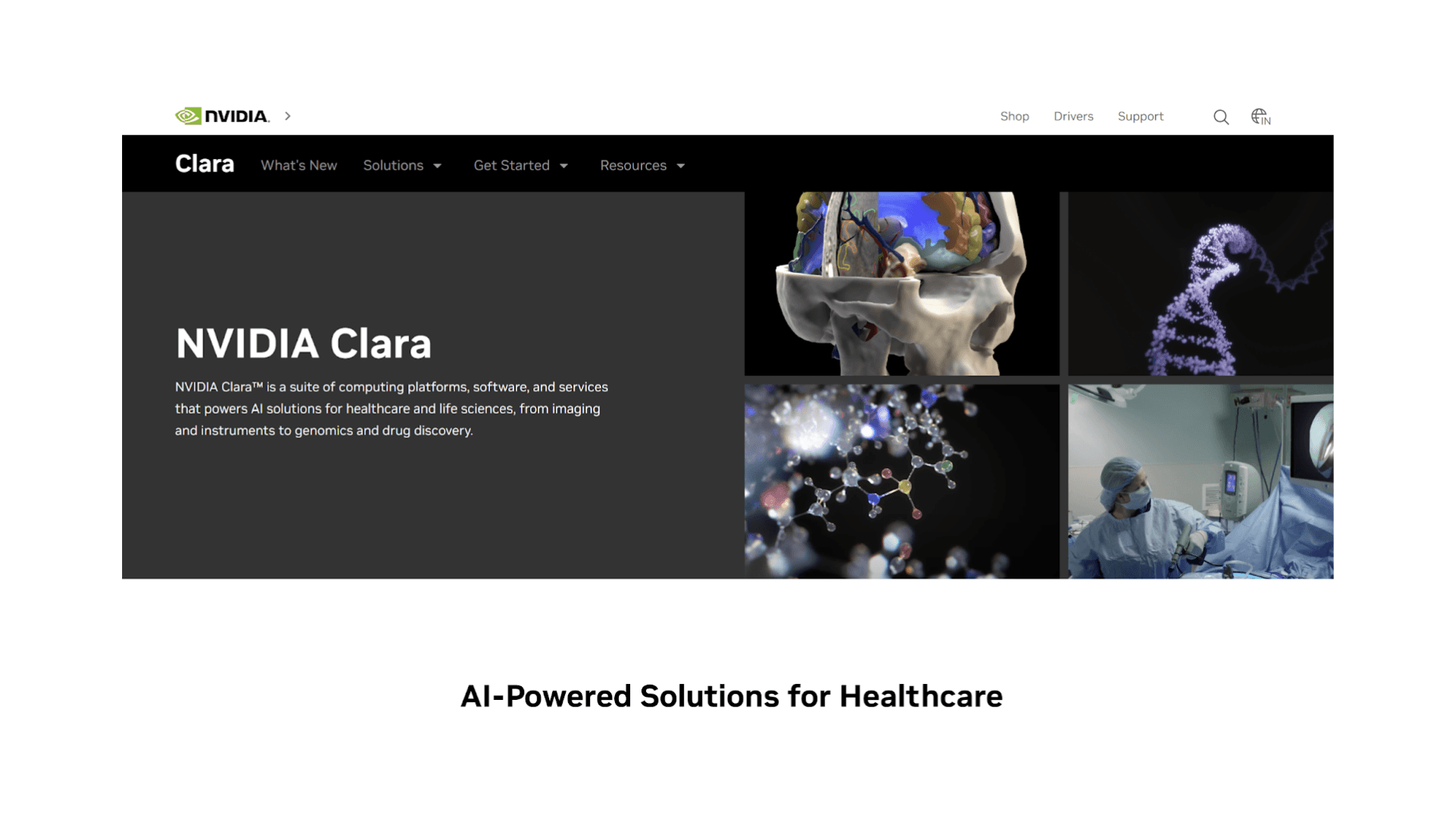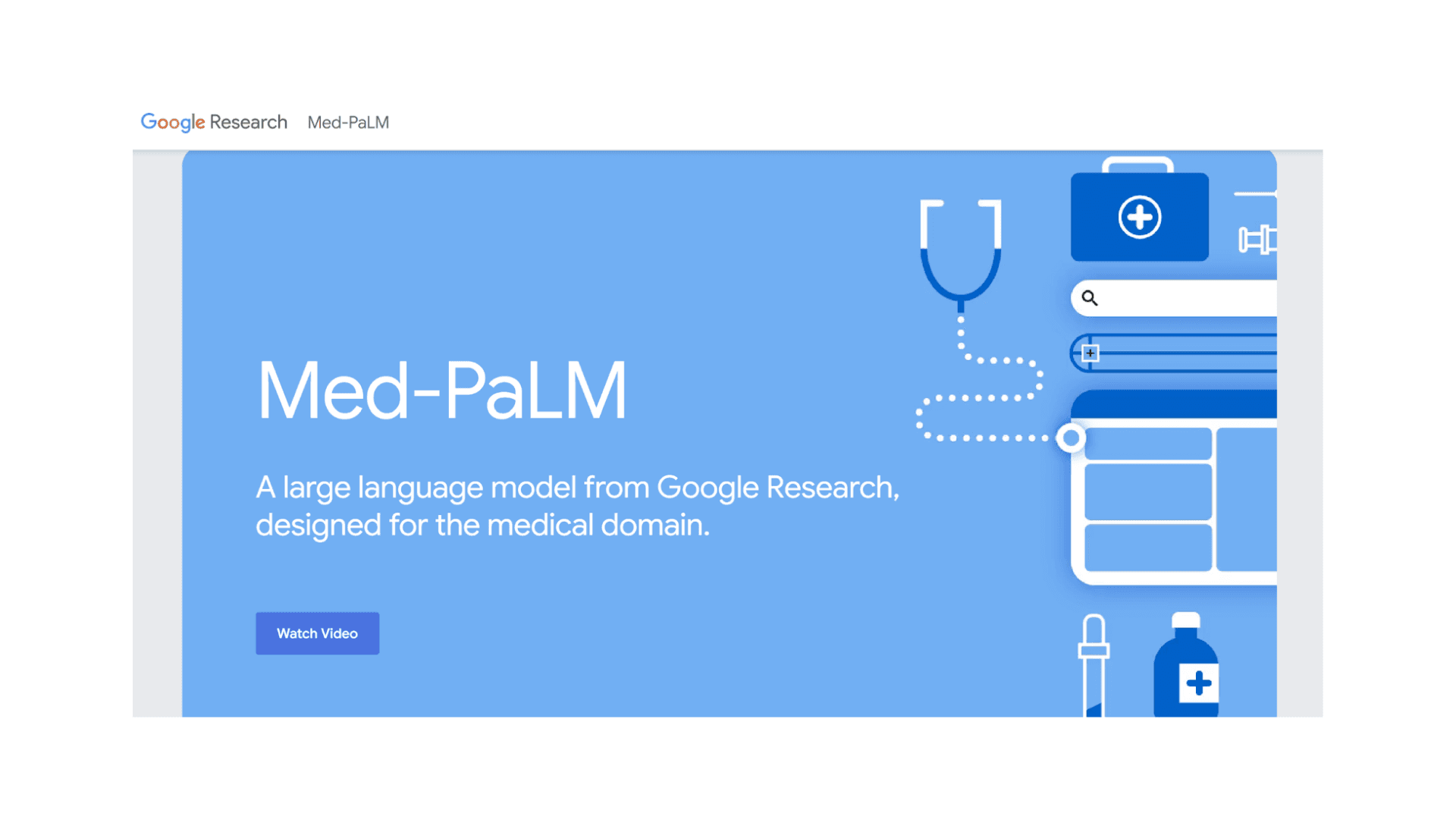AI is changing the way we do nearly everything, including building healthcare apps.
Think about it: AI can read medical images, extract insights from clinical notes, predict patient risks, and power virtual assistants to be actually useful. It’s already behind some of the finest tools in modern healthcare. So, yes: AI and healthcare are already playing well.
However, the thing is, integrating AI in HealthTech software development isn’t the same as dropping in a generic model. You need AI tools and libraries that are built for healthcare. Ones that handle sensitive patient data, follow strict rules, and don’t break under pressure.
In this post, we’ll walk you through the top AI tools and libraries worth exploring in 2025. Each one is developer-friendly, healthcare-ready, and built to get things done faster.
What to Look for in an AI Tool or Library for Healthcare?
Artificial intelligence in healthcare is here. However, not every AI tool is made for healthcare. Some are too general. Others might be powerful, but they fall short when it comes to privacy, explainability, or real-world use.
Here’s what to keep an eye on before you plug any AI into healthcare apps:
- Built for Healthcare Data: Can it handle clinical notes, medical images, lab results, or time-series vitals? If it can’t speak the language of healthcare, skip it.
- Privacy and Compliance Support: Healthcare data is sensitive. The tool should make it easier to build HIPAA- or GDPR-compliant apps (and not add to the compliance complexity).
- Pretrained Medical Models: You don’t always need to train from scratch. Tools with medical-domain models save time and reduce risk.
- Flexibility and Fine-Tuning: Healthcare use cases vary. Look for tools that let you tweak things easily without overhauling your entire stack.
- Integration and Stack Compatibility: Make sure it plays nice with your ecosystem: Python, PyTorch, TensorFlow, or whatever you’re already using.
- Docs and Developer Experience: Good documentation isn’t optional. It should be easy to test, build, and deploy without running into walls.
The right AI tool should help you ship faster while ensuring compliance and a stellar user experience.
Top 5 AI Tools and Libraries to Consider as a HealthTech Dev
Broadly speaking, AI tools are now a dime a dozen. There are many great ones, but most aren’t built for healthcare.
The ones below are. They’re developer-friendly, well-supported, and already being used in real-world health applications. Let’s break them down one by one.
1. MONAI (Medical Open Network for AI)

MONAI (Medical Open Network for AI) is an open-source, PyTorch-based framework that helps in developing deep learning models in healthcare imaging. It’s a collaborative effort between NVIDIA and the community, offering standardized tools that support everything from research prototyping to clinical-grade deployment. Its modular design includes three key components: MONAI Core for model development, MONAI Label for AI-assisted data labeling, and MONAI Deploy for streamlined clinical integration.
Use Cases: MONAI is commonly used for tasks like tumor segmentation in MRI/CT scans, organ delineation for surgical planning, radiomics, and classification of anomalies in medical images. Healthcare institutions also use it to train and evaluate AI models in academic research, clinical trials, and enterprise imaging platforms.
Key Features: MONAI includes powerful utilities like prebuilt data transforms (resampling, cropping, normalization), an extensible MONAI Bundle system for packaging models, native support for DICOM and NIfTI formats, and built-in integration with TensorBoard and PyTorch Lightning. It also supports federated learning setups through its sister framework, MONAI Label, and enables 3D volumetric processing with minimal boilerplate.
MONAI is optimized for 2D, 3D, and 4D medical imaging data, including support for DICOM and NIfTI formats. You get access to over 31 state-of-the-art models ready for fine-tuning. It enhances data loading speeds by up to 10x, facilitating faster training iterations.
MONAI Deploy offers standardized packaging (MAP format) for reproducible multi-site deployments. It has built-in dependency management and integration capabilities for DICOM and FHIR.
Pricing: MONAI is fully free and open-source under the Apache 2.0 license. No paid tiers or enterprise restrictions. NVIDIA offers optional paid services for deployment support through Clara and DGX platforms.
Developer Experience: MONAI has extensive documentation, a vibrant GitHub community, and frequent updates. It supports beginner-friendly training scripts as well as advanced workflows. Since it's built on PyTorch, it’s easy to pick up if you're already familiar with that ecosystem. Several academic hospitals and AI labs use MONAI in production research pipelines.
2. Hugging Face Transformers (Clinical Models)

Hugging Face offers a wide range of pre-trained transformer models fine-tuned for biomedical and clinical text. These models are built on top of popular architectures like BERT, BioBERT, and ClinicalBERT, and trained using real medical datasets like MIMIC-III. They’re ideal for understanding messy, complex clinical language.
Use Cases: You can use these models to pull structured insights from unstructured text, like spotting diseases or medications in a doctor’s note, predicting patient risk from progress reports, or summarizing long discharge summaries. They're also great for building de-identification tools to scrub sensitive info from records.
Key Features: Many models are trained on huge datasets like ICU records and PubMed abstracts. Some can process really long documents—up to 8,192 tokens, which is helpful for full patient histories. There’s even multilingual support (Portuguese, Bulgarian, etc.) if you’re working beyond English. They plug straight into Hugging Face’s ecosystem, so using them is quick.
Models like Bio_ClinicalBERT are trained on datasets like MIMIC-III, encompassing over 880 million words from ICU patient records. This improves their grasp of clinical language.
Pricing: Most of these models are free and open-source. You’ll only pay for infrastructure if you’re running them on your servers or through Hugging Face’s hosted APIs. However, deploying these models in production environments may incur costs related to infrastructure.
Developer Experience: You can install and use these models with just a few lines of Python. Integration with popular machine learning frameworks like PyTorch and TensorFlow is easy. There are lots of example codes, active community support, and built-in tools for fine-tuning models (using Hugging Face's Transformers library). If you’ve used Hugging Face before, you’ll feel right at home. If not, you’ll pick it up fast.
3. NVIDIA Clara

Clara is NVIDIA’s full-stack AI platform for healthcare. It’s built to help you develop high-performance AI solutions in imaging, genomics, drug discovery, and edge-based medical devices. Think of it as a toolbox for building everything from cancer detection models to real-time AI on surgical scopes.
Use Cases: Hospitals and startups use Clara to speed up image analysis, process genomics data, and power smart medical devices. It’s also used in clinical research and pharma for drug discovery pipelines and federated learning across hospitals.
Key Features: Clara includes three main modules. Clara Imaging gives you pretrained models and tools for segmentation, classification, and DICOM workflows. Clara Parabricks accelerates genomics analysis, like DNA/RNA sequencing, with GPU power.
The third one is Clara Holoscan, which runs real-time AI on edge devices like endoscopes and ultrasound probes. It also plays nicely with MONAI, so you can take research models straight into clinical workflows.
Pricing: Clara tools come through NVIDIA AI Enterprise, which is subscription-based. Some tools (like Parabricks) have free versions with limited features. For full support or deployment at scale, you’ll need to talk to NVIDIA sales.
Developer Experience: The stack is powerful, but not exactly plug-and-play. You get access to software development kits for building and deploying AI applications. You’ll need some comfort with Docker, GPUs, and a bit of infrastructure wrangling. That said, the docs are solid, and if you’re building anything serious in imaging or devices, Clara gives you a massive head start.
4. Google Med-PaLM 2

Med-PaLM 2 is Google’s large language model built specifically for healthcare. It’s based on their PaLM 2 architecture and fine-tuned using medical exams, research papers, and clinical documentation. Its primary goal is to help healthcare teams ask tough questions—and get reliable, expert-level answers back.
Use Cases: It’s designed to assist with clinical decision support, summarize patient records, explain complex medical topics to patients, and even generate drafts of discharge summaries.
You can also use it to scan large volumes of research papers or benchmark your own AI model against it.
Key Features: Med-PaLM 2 scored 86.5% on MedQA (USMLE-style questions), which puts it on par with trained clinicians. It’s trained for long-form, clinically sound responses that reflect real-world reasoning, not just quick facts. The model is also being extended to handle multimodal inputs like images and structured EHR/EMR data. And it’s built with alignment in mind—Google’s team tested it heavily to avoid hallucinations and harmful outputs.
Pricing: It’s not publicly priced yet. Access is limited to select healthcare partners through Google Cloud’s Vertex AI. If you want in, you’ll need to reach out to Google directly.
Developer Experience: Med-PaLM 2 is API-accessible through Vertex AI, with robust tooling and secure infrastructure. That said, it’s still in early access. So if you're hoping to plug and play today, this one may be more of a waitlist scenario, but definitely worth watching.
5. PyHealth

PyHealth is a Python library made for building machine learning models on healthcare datasets. It helps you go from raw clinical data to working models with just a few lines of code. If you’re aiming to improve outcome prediction, treatment recommendations, or patient timeline analysis, it’s got the tools to help you do it right.
Use Cases: You can use PyHealth to predict readmissions, assign medical codes, recommend drugs, or model how a disease might progress. It supports structured data (like ICD codes), time-series vitals, and even clinical notes. If it came from an EHR software, PyHealth probably works with it.
Key Features: It has a modular pipeline that breaks down your workflow: load data, define your task, pick a model, train it, evaluate—done. It includes a bunch of models out of the box (CNNs, RNNs, Transformers, even good old logistic regression) and works with popular datasets like MIMIC-III, MIMIC-IV, OMOP-CDM, and eICU. You can build a full model pipeline in under 10 lines.
Pricing: It’s completely free and open-source under the MIT license. No hidden tiers or licensing issues.
Developer Experience: Super friendly if you know basic Python and PyTorch. The docs are clear, examples are solid, and the codebase is modular, so it’s easy to hack in your own custom components or tasks. Its compatibility with popular Python libraries like PyTorch ensures a smooth development process. Great for researchers and fast experiments.
AI and Healthcare Play Well With SoluteLabs
AI in healthcare isn’t a maybe anymore. It’s a must-have if you’re building serious healthcare products. From predicting outcomes to understanding clinical notes, the right tools help you move faster and build smarter.
However, picking the right AI for healthcare is key. You don’t want to waste time duct-taping generic models into sensitive workflows and tight tech stacks. You want tools that understand healthcare, respect patient privacy, and actually scale in production.
The libraries we covered here are all battle-tested, healthcare-ready, and developer-approved. So if you're experimenting with research data or rolling out real clinical apps, these tools will help you ship confidently.
Need help putting it all together? Let’s talk






